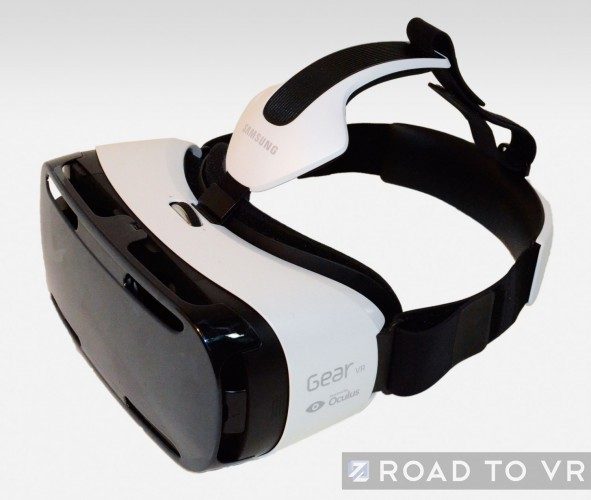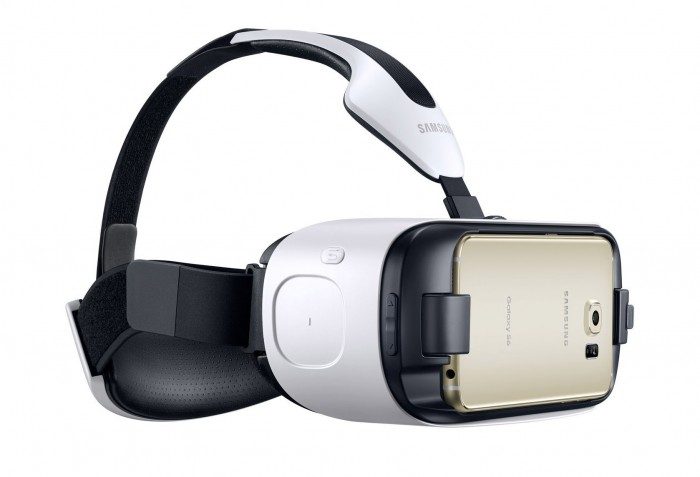As we approach Oculus’ 2nd developer conference, Connect 2, we’re expecting to learn much more about the next generation of mobile VR hardware the that might emerge from the Samsung Oculus partnership. The latest specification leak for Samsung’s forthcoming Galaxy S7 mobile phone, suggests the device may house a depth-sensing camera, which could be used to provide a form of Gear VR positional tracking.
The hardware refresh rate for mobile hardware manufacturers is bewildering, to the point that keeping up with advances in new phones and related paraphernalia has spawned an entire news media segment. Samsung is at the forefront of this blistering iteration process with multiple product lines receiving annual refreshes at minimum.
See Also: Samsung Gear VR Detailed Review: Part One – Design Comparison to Oculus Rift DK2
Samsung and Oculus of course have used this somewhat to their advantage, using rapidly advancing core tech to iterate performance (although not to any great degree) for their mobile VR hardware collaboration, Gear VR.

The original Gear VR, based on the then brand new Galaxy Note 4, was only announced officially in November last year, and we’ve already seen a further iteration with the introduction of Samsung’s S6 line of phones just a few of months ago in April, with a matching, compatible Gear VR in May.
The Gear VR was an impressive feat of hardware and software engineering. Utilising the original 60Hz OLED 1440p display of the Note 4, Oculus managed to leverage low persistence of vision to deliver what was at the time, the best VR display available. But one thing lagged behind Oculus’ desktop cousin the Rift DK2, positional tracking – vital for immersion and battling nausea.

Now comes news that specifications of the next generation Galaxy S line of phones may include hardware that may just offer a solution. According to Tech Radar, the next generation Galaxy S7 phone may include a depth camera alongside the traditional RGB!
This is significant because, with current mobile hardware, adding any form of inside-out positional tracking (in the absence of an external camera like the DK2) was extremely challenging. With depth-sending capabilities, the hardware may be able to use a form of SLAM (Simultaneous Location and Mapping) to track a user’s head position relative to his environment – thus positional tracking for Gear VR – should the next iteration of the headset use the S7 of course.
Tech Radar claims that the new phone may see the light of day prior to the Mobile World Congress in Barcelona in March, a popular venue for big mobile tech announcements.
For now then, without official confirmation of these leaks, all eyes are on Oculus Connect at the end of the month to learn more details about Samsung’s next generation mobile VR collaboration with Oculus.







